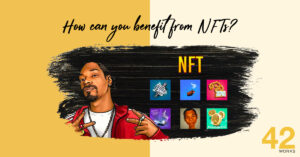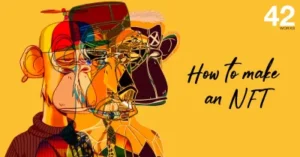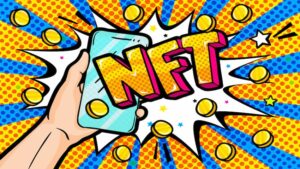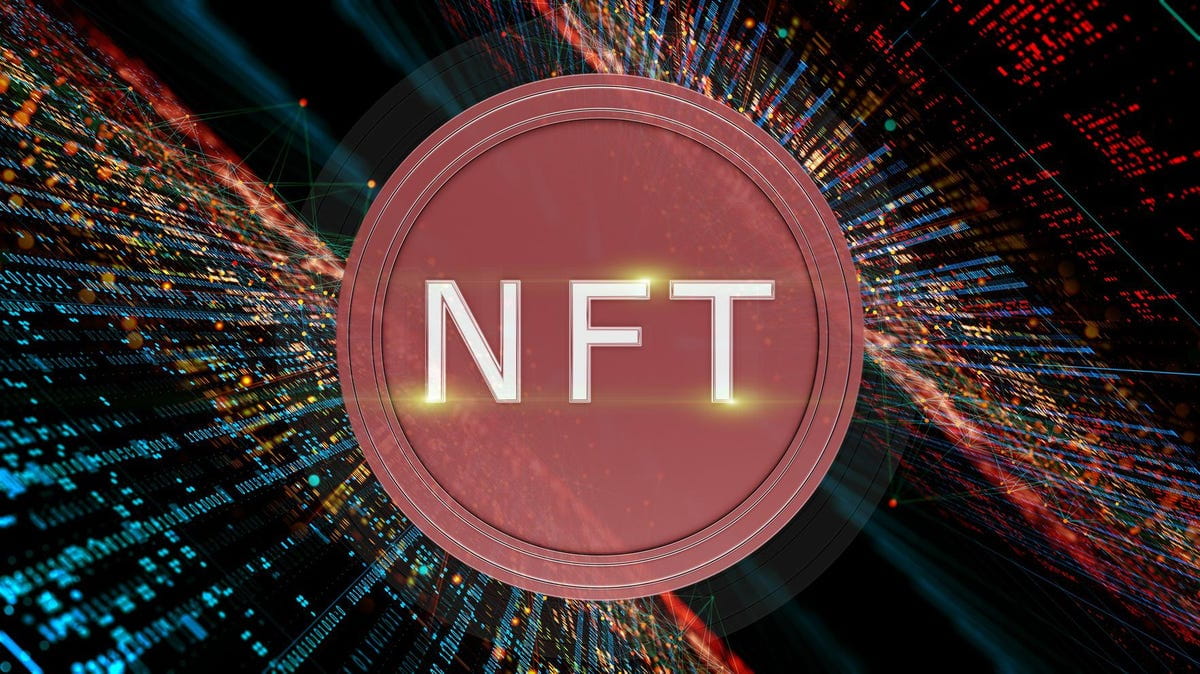
Unless you’ve been hiding under a digital rock, you would have surely heard of Non-Fungible Tokens (NFTs) and come across multiple stories of multi-million dollar auctions of digital assets.
And why won’t somebody would know about it, after all, NFTs have been attracting artists and collectors like never before. Even being talk of the town, NFTs are still struggling from a bit of an identity crisis.
Many questions have been pondering on our minds like – Are NFTs simply digital collectibles? Are NFTs only for artists and art collectors? How do NFTs work? And most importantly, are there any practical uses of NFTs beyond art and media? The answer is a BIG FAT YES – NFTs can indeed be used for a lot more than just being mere digital collectibles.
So why the wait when we can dive right into the learning of how NFTs work, and also take a look at some of the practical applications of NFTs in our everyday life.
How Do NFTs work?
To understand how NFTs work, you must know the meaning of fungibility. Fungibility is the ability of an asset to be exchanged or substituted with similar assets of the same value. Take a simple example of a fungible asset, currency. Let’s say you have a 100$note that you got exchanged for two 50$ bills. The catch here is that only the form of currency is changed but the value of it is equivalent.
Non-fungible assets are the opposite, where each of them is distinctive and cannot be exchanged or substituted for something alike. The best example of the same is the painting of the Mona Lisa, an original art piece.
The idea behind NFTs is that you get a digital signature in the way that a great work of art bears the signature of the person who created it. So you can always go and look at the original and say, “Yes this is authentic.” In NFT, you can validate that information through the blockchain where everything is recorded step-by-step.
NFTs are cryptocurrencies but unlike fungible cryptocurrencies, for example, bitcoin, they are truly distinctive. They exist as a string of numbers and letters stored on a blockchain ledger. This information tells
- Who owns the digital asset,
- When it was sold, AND
- Who sold it.
All this information is encrypted to ensure that the particular NFT is authentic and scarce.
Now that we’ve understood how NFTs work, and the type of information they can store, let’s take a look at some of the practical applications of NFTs beyond their more popular, “fun” applications.
Practical Applications of NFTs
Represent Academic Credentials
Technology provides a massive promise when it comes to making education sector better. And with NFTs emerging, managing academic credentials has become a lot more easier and authentic. But, how? NFTs can be used to tokenize proof of attendance, courses graduated,, certificates, and all other related documents, the information of which will be recorded on the blockchain or the smart contracts system, making it impossible for any outsider to hack or alter it.
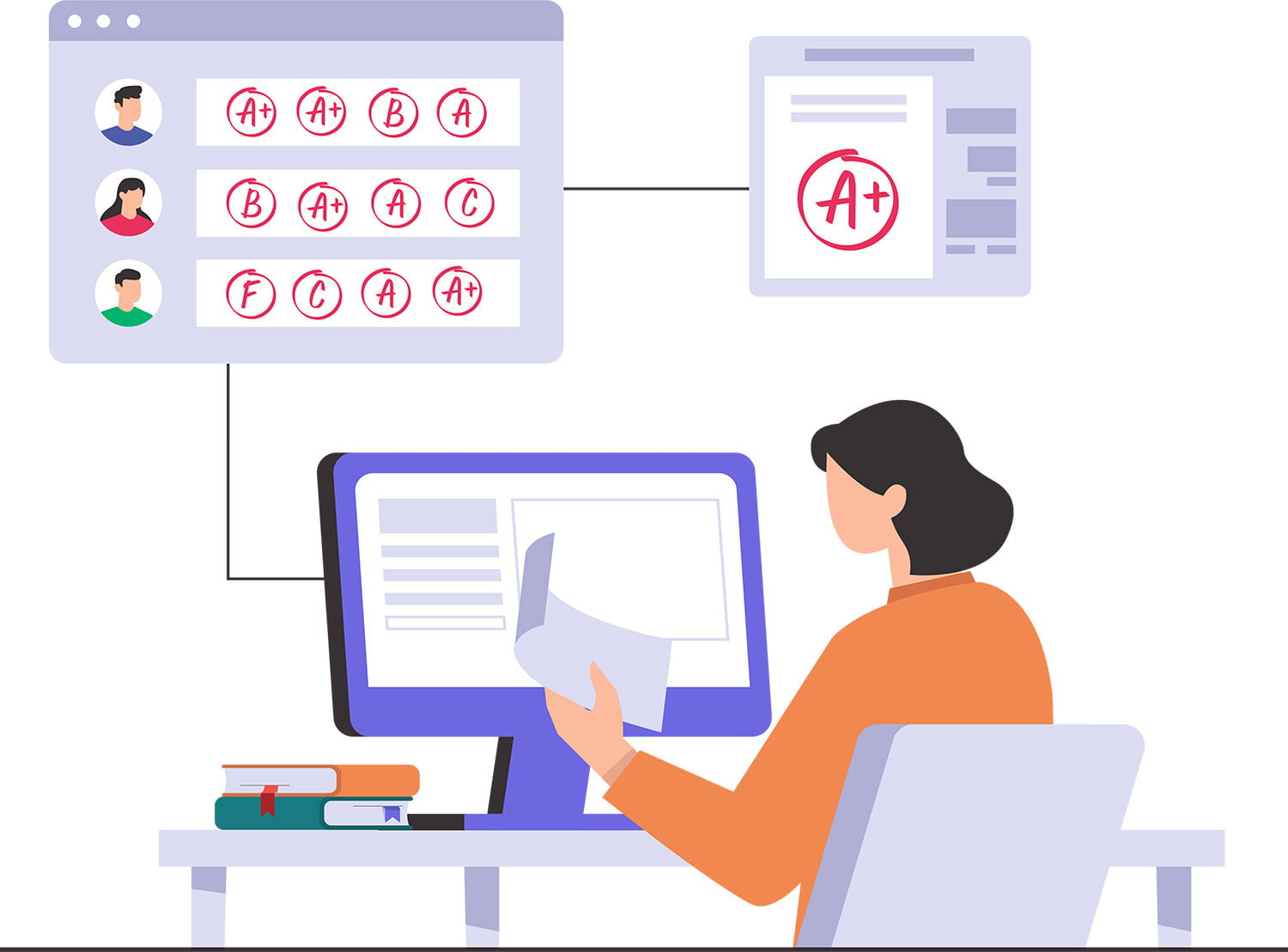
Experts believe that issuing a paper certificate, degree, or any such document will be soon a thing of the past. NFTs are reshaping the education system and it is all going to be easier to hold the academic records in digital form.
A Bridge between Physical and Digital Ticketing
We have been talking about NFTs and how they are stepping into all markets other than digital art. One such destination is the events market where NFTs can bridge between physical and digital ticketing. NFT ticketing is not only going to solve the problem of fraud but also reduce the amount of paper used to make tickets.
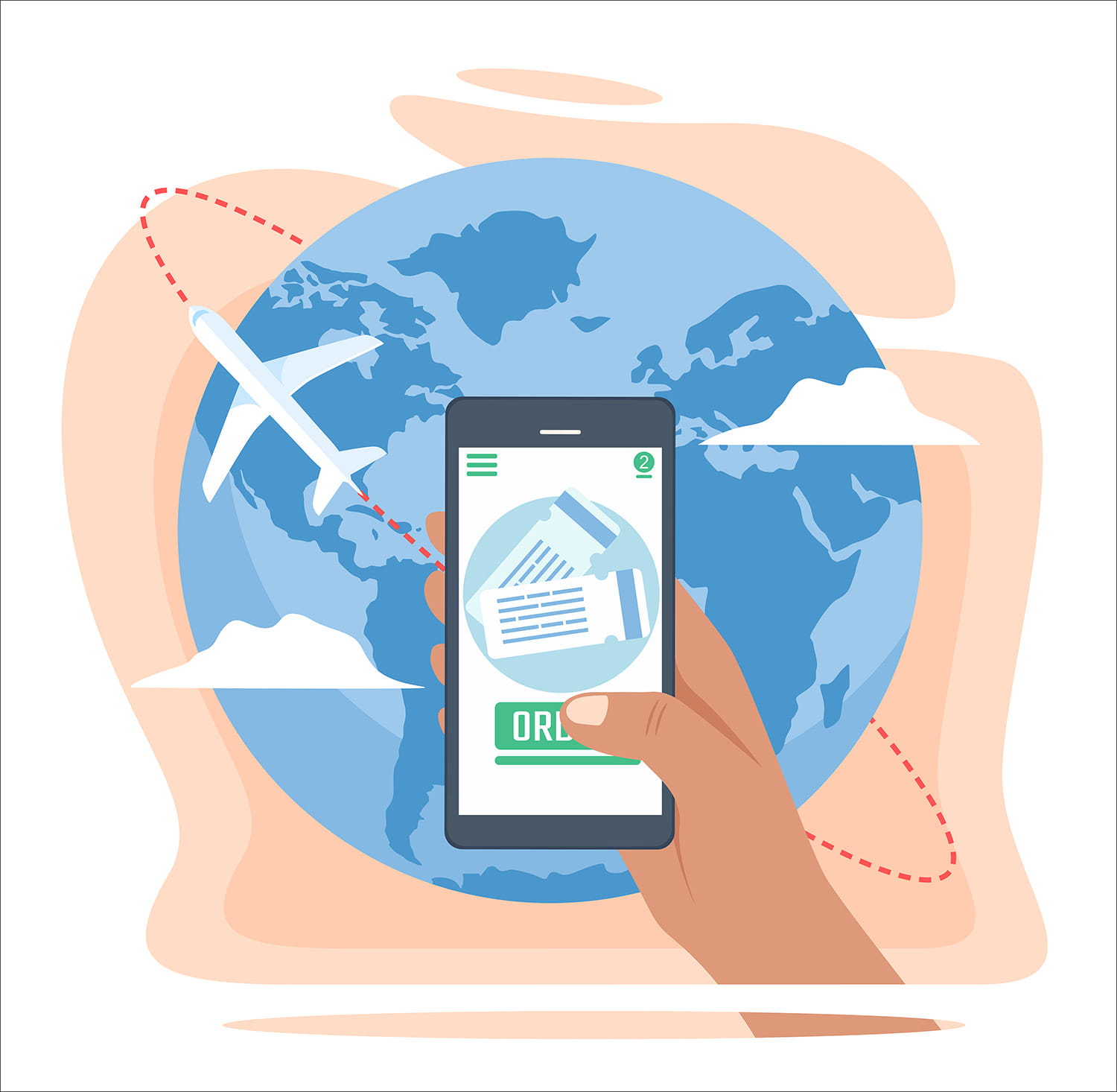
Take an example of a parking pass, that can be replaced by an NFT ticket to which the user will have access through his mobile phone or any other device. This NFT ticket can then be used to enter any private property without any outsider making fraud or conducting mishaps. The same is applicable to all forms of transportation such as bus tokens and alike.
Great for Protecting Intellectual Property and Patents
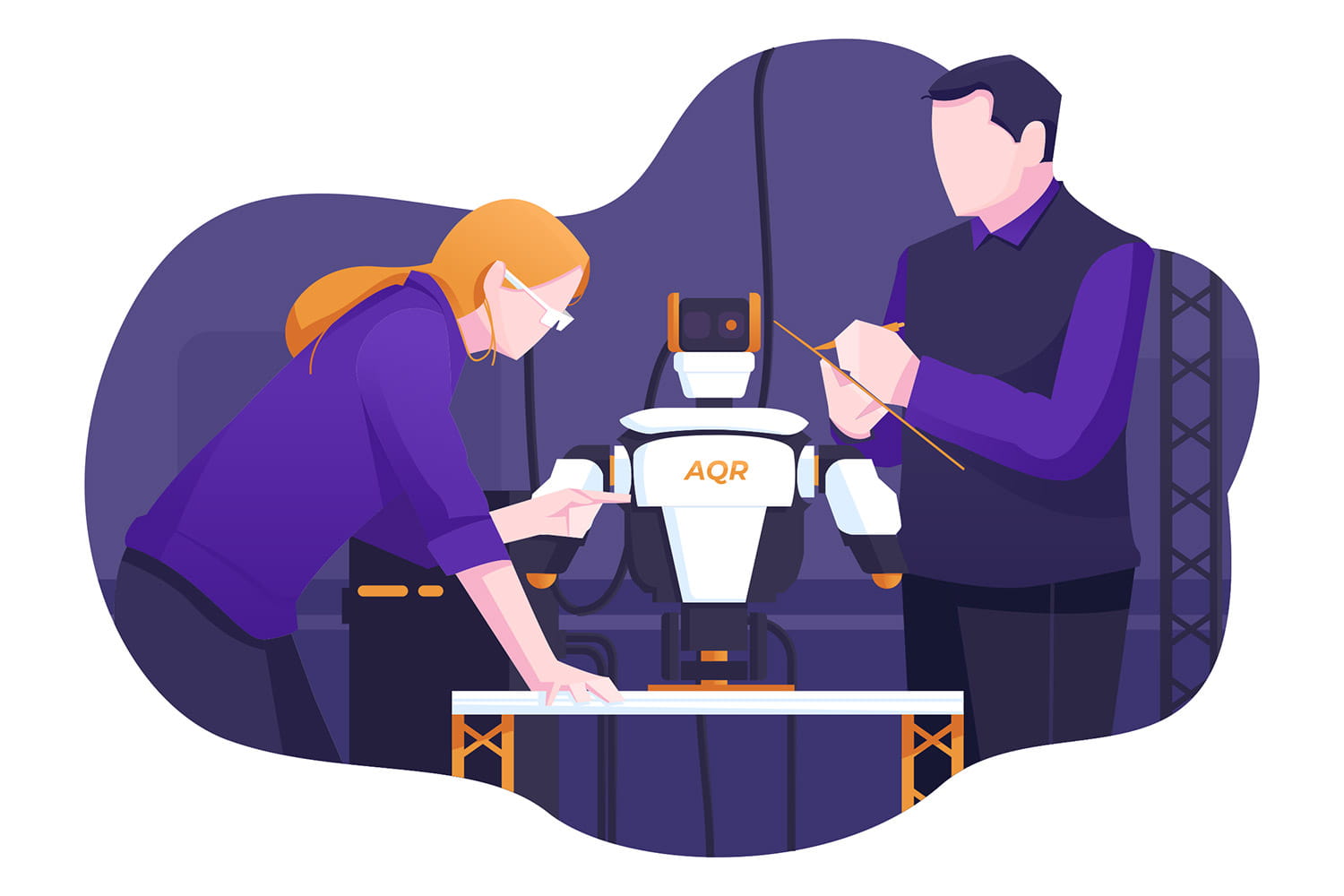
With the help of NFTs, users can claim ownership of any piece of content, which is difficult to do with traditionalintellectual property rights tools like copyrights and trademarks. NFT chain records immutable information that makes it so much easier for the NFT owner to prove that they are the original creator of the artwork or any piece of work, anywhere and at any time. The same goes for patents, where ownership of the idea or an invention made by a person can be certified and protected through NFT.
Integrating Voting with NFTs
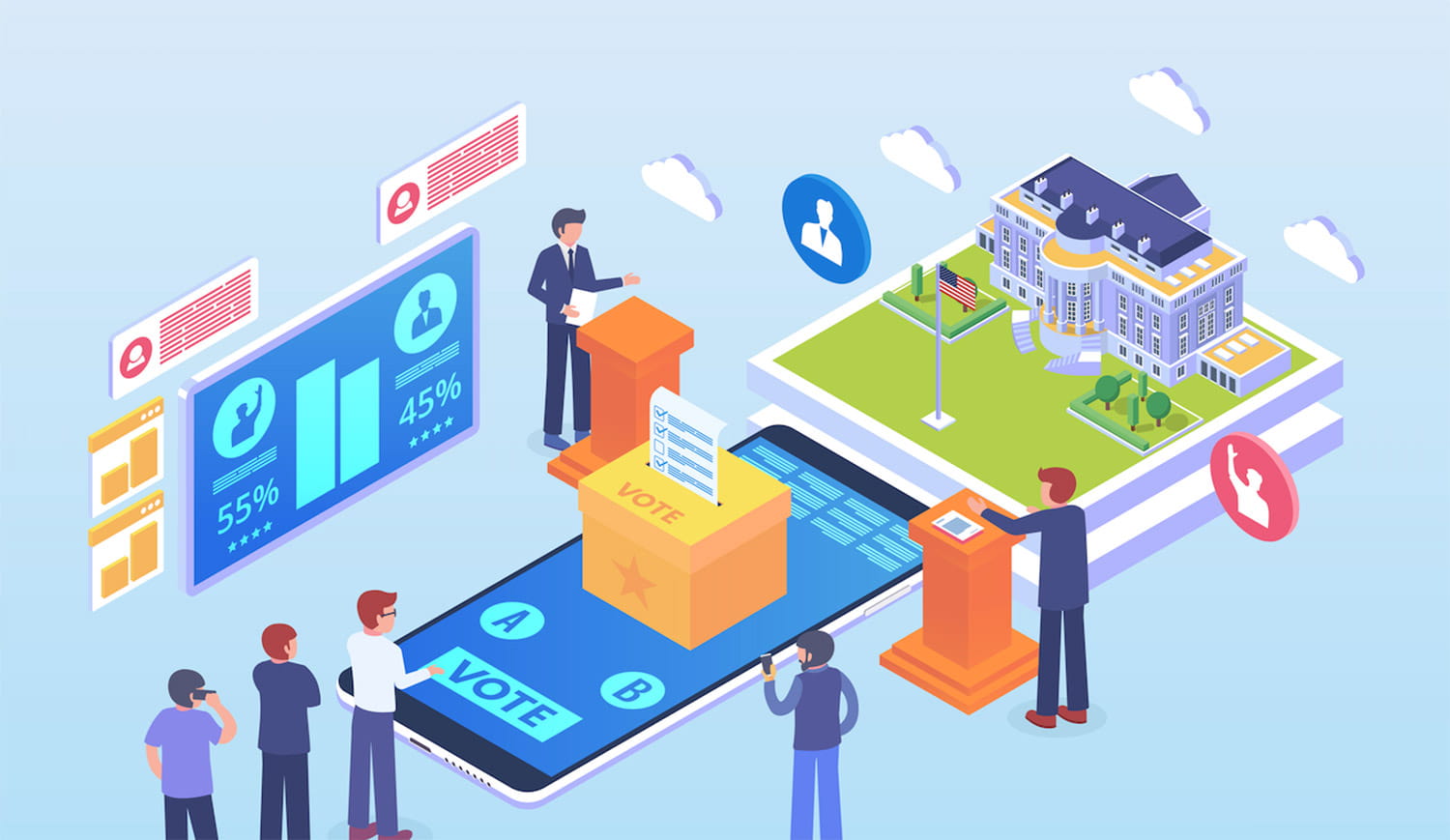
You must have had the experience of voting, well you must have also seen people coming to vote without their voter IDs or any other ID proof that verifies who they are, where they live, etc. In fact, there are many countries where the voter has to bring both their voter IDs as well as residence proof or any proof of their existence at the time of voting. And if not brought, the person is not allowed to vote.
This problem can be solved with NFTs, where a digital identity will be provided to people without any physical documents, proving who they are and where they live in the country or a particular city. Further, this will also prevent cheating and voting fraud as NFTs will provide an official record of the voters when they voted, and how many times they have voted till the present.
The Future of NFTs
Now that we have a better understanding of what NFTs are, how they work, and after going through some of the practical applications of NFTs, it’s safe to conclude that NFT technology isn’t just limited to digital art and collectibles.
NFTs are the latest form of digital asset management and their adoption can be extremely beneficial in overcoming issues such as fraud, identity thefts, copyright, and counterfeit goods.
The world of Non Fungible Tokens or NFTs is full of endless possibilities and if there’s one thing
that we are absolutely sure of, it’s that NFTs are here to stay and that its applications will only grow further, making it more functional for the average person.
